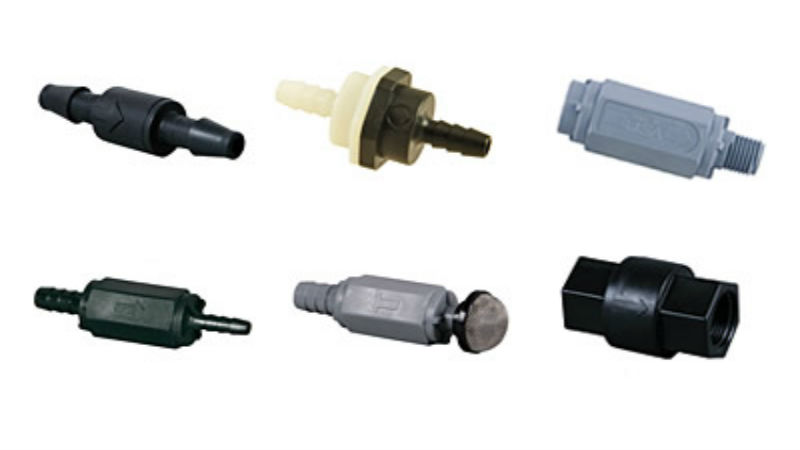In pneumatic circuits, every component has to operate and function perfectly to allow for full control of flow through the system. Check valves are essential in these types of systems to prevent backflow and ensure the air or gas to move only one way through the system.
In design, the pneumatic check valve is very simple. The basic option includes two attached tube-like components for inline installation. The outside of the check valve is marked with an arrow that must be inserted into the system in the direction of the flow of the air or gas in the system.
As the air flows through the valve, it pushes against the interior of the valve design, allowing the gas or air to move through without restriction or slowing it down. Should the pressure drop on the inlet side of the valve and the air attempt to reverse flow, the same mechanism pushes the component of the valve back into the seat of the inlet, effectively blocking any movement of air or gas in that direction.
Low Maintenance
As the one direction flow through the pneumatic check valve is maintained by air pressure, one important factor when selecting a check valve will be the cracking pressure. This is the pressure level on the inlet side that will move the valve and allow the air to start to flow through the system. Most applications will require a low cracking pressure.
With the simple, efficient design of the pneumatic check valve, these are a very low maintenance component of the system. They can be made of a number of different materials from plastics to metals to suit specific requirements. Both of these options in materials are highly corrosion resistant, adding the durability and life of these essential components.







